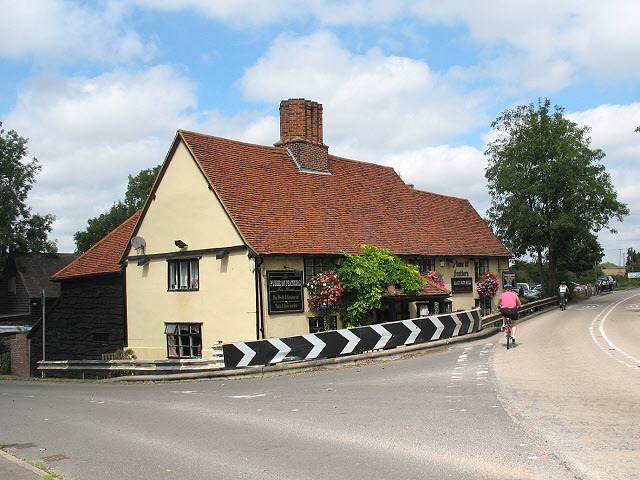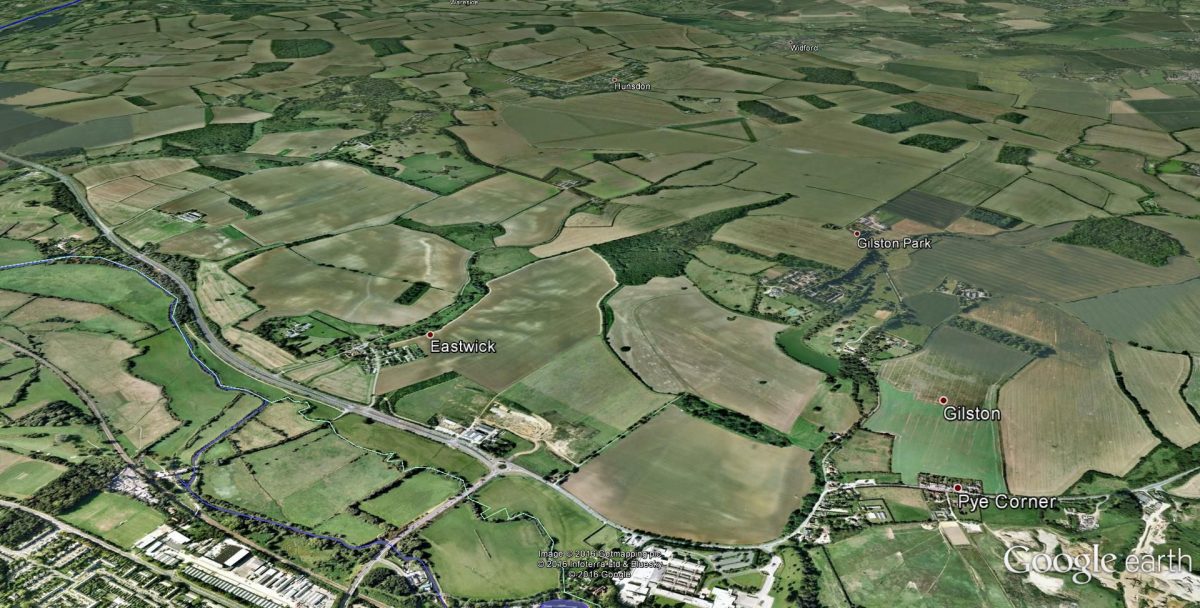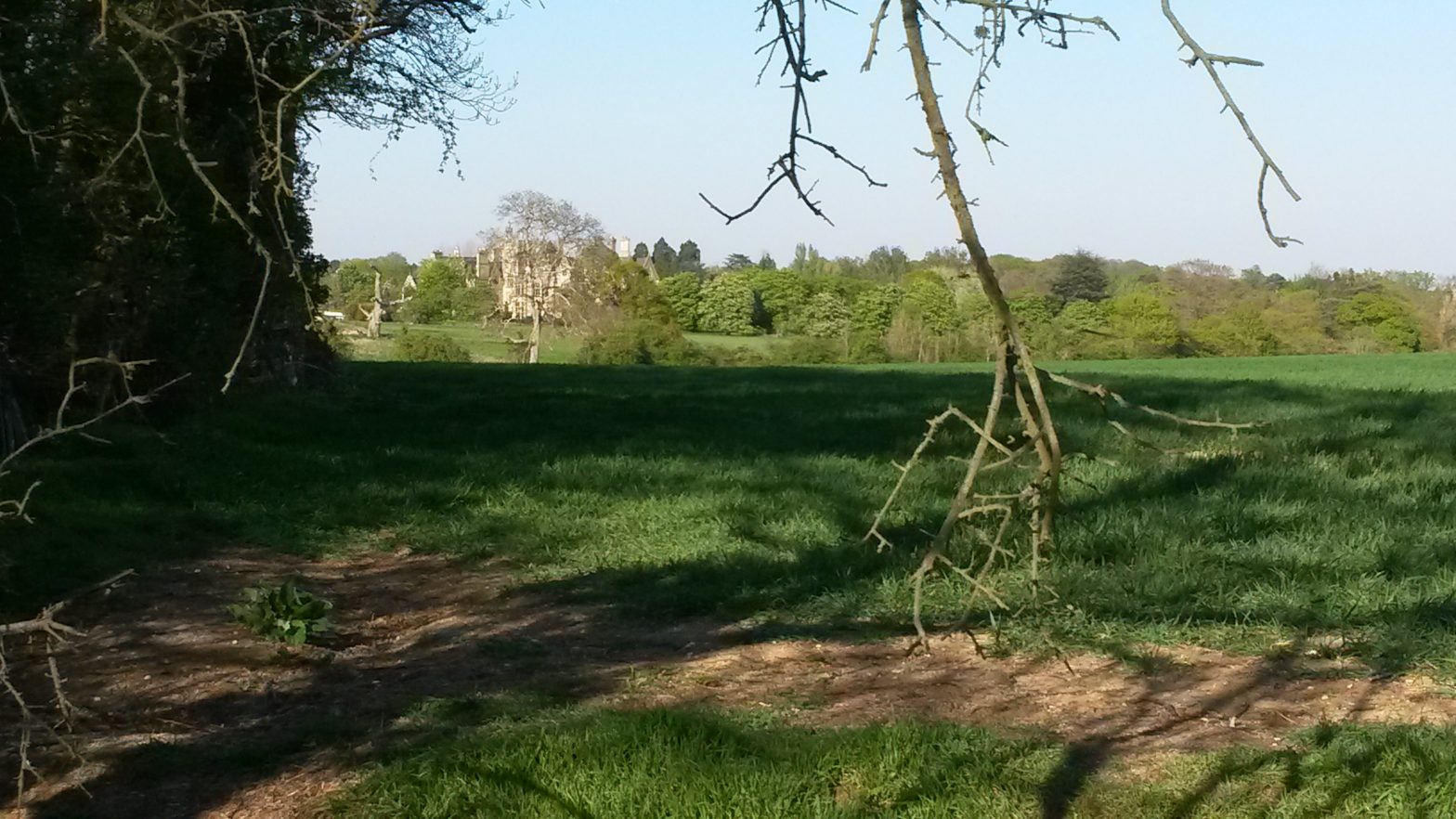Earlier this week, the Hunsdon, Eastwick and Gilston Neighbourhood Plan Group asked four questions of the local election 2023 candidates for Hunsdon Ward to let residents know their thoughts regarding the proposed Development of 10,000 houses in this Ward.
Below we have published the complete, unedited responses from Julia Davies (Liberal Democrats), John Dunlop (Green Party) and Salvatore Pagdades (Conservative Party).
We are currently awaiting responses from Hilary Durbin (Labour) and will add their answers to this article as and when they are provided.
Julia Davies (Liberal Democrats)
1. Have you supported the community on this Call-In and will you continue to do so, if elected. How will you do this? If you do not support us, please say why.
I do support this attempt to call in the planning application. Now that the government has ended the minimum number of houses required each year I believe it could have some effect. I have always opposed this enormous development which will totally change this part of East Herts. When I attended the original meetings about the Local Plan which were held at Wallfields and Parish Councillors were invited to give their views there was not going to be development North of Gilston. The number of houses which is now planned is far more than was agreed and the proportion of affordable is much lower.
As a Stanstead Abbotts Parish Councillor I have always protested about this development – not least because of the difficulties crossing the Stort and accessing Harlow Station. In the last two or three years we have had the added issue that in the remaining green belt between Village 7 and Stanstead Abbotts there will almost certainly be a quarry.
2. If elected, how will you try to influence the delivery of the Gilston project over your term in office?
I would work hard to impress upon both District and County Councils that transport has to meet the needs of the whole family and that educational establishments and healthcare must be easily accessed. I am particularly concerned that in their enthusiasm for fewer cars to be used that life will be very difficult for parents unless there is a huge improvement in the reliability of buses between Hertford, Harlow and Bishop’s Stortford.
3. Please tell us about your experience in shaping major developments.
My experience of planning is all related to the Stanstead Abbotts and St Margarets Neighbourhood Plan – I have chaired the Steering Group since the beginning in 2016. We have just finished Regulation 14 and hope to be ready for a referendum by the end of the year.
4. What do you see as the biggest three risks and what are the three biggest gains from this development?
One risk is that there will be over-demand on the water supply which is vulnerable to the droughts we have recently been having reducing the level of the aquifer.
Secondly there is a risk that the sewage will not be treated satisfactorily if Rye House has to cope with so many more customers.
Thirdly the traffic using the A414 will vastly increase and there will be considerable pollution from the extra cars both during construction and afterwards.
Clearly the need for new housing has been identified and is crucial to reduce the numbers of homeless people.
There could be some revitalising of Harlow Town Centre which is in a rather sad state at the moment.
Hopefully the extra housing will ensure that a new hospital will follow which will be of benefit to us all.
John Dunlop (Green Party)
My name is John Dunlop, I am standing in the local elections on the 4th May 2023, to be your Green Party councillor. I have been asked by the Hunsdon, Eastwick and Gilston Neigbourhood Planning Group (HEGNPG) to give answers to the four questions (see below). Thank you for the opportunity to allow me to reach out to the community who have an interest in the Gilston area developments.
1. Have you supported the community on this Call-In and will you continue to do so, if elected. How will you do this? If you do not support us, please say why.
Absolutely, I have supported this Call-In by writing to the Conservative MP Julie Marson. I have also written to several newspapers and media outlets.
As a newly elected councillor representing the people of the Hunsdon Ward, a member of the Hunsdon, Eastwick and Gilston Neighbourhood Planning Group (HEGNPG) and resident of Terlings Park I will continue to support this Call-In by working closely with Parish councils and HEGNP Group by representing and promoting their views within the wider council.
2. If elected, how will you try to influence the delivery of the Gilston project over your term in office?
Prior to the East Herts Development Management Committee (DMC) meeting for Outline Planning Approval I discussed the main issues around infrastructure, transport, phasing and aesthetic with Ben Crystal our Green Party representative on the DMC. He subsequently voted against approval based in part on my requests and comments.
If elected, I would make it a priority to attend local meetings including Parish Council and NPG meetings to listen and understand the key issues and challenges for local residents and to talk to residents about the issues. With that understanding go back to East Herts Council (EHC) and raise these issues at both council and future planning meetings.
I would also want to ensure that I am on all master planning committee groups for each of the village applications so that along with HEGNPG I can provide a direct line between residents and planning officers and lobby for change whenever the community identifies that an alteration is needed.
It is also possible that I could be on the DMC, depending on numbers (the more Green councillors the better the chance), so that I can have a direct influence on the planning process, ensuring that there is proper scrutiny of all future decisions and push for change where needed.
3. Please tell us about your experience in shaping major developments.
This is my first experience in shaping a major development; I believe that my background puts me in a good place to influence events.
I worked in the Broadcasting Industry for 30+ years and have a good understanding of communications which is a key part of a Councillors role, ensuring the residents are fully informed and updated in helping to bring the community along with positive changes, and opposing those which need to be changed.
I also have a Galileo Master Certificate in Renewable energy, I come from a building family and grew up in the construction and agricultural industries and more recently qualified as a soil scientist. I have a keen interest in community as a volunteer for Harlow Foodbank, Bounty Club, PACT for Autism and Herts and Essex Community Farm. I will draw on experience of fellow councillors and the Neighbourhood Planning Group.
My aspirations and vision are to make this a place with a happy thriving multi-generation community, one where people want and feel proud to be, and which enhances the lives of those who are already living here.
4. What do you see as the biggest three risks and what are the three biggest gains from this development?
The risks and benefits of this scheme are two sides of the same coin. On the one side if the risks are not managed they will undermine some of the benefits; on the other side if the benefits are not ‘genuine’ or there is a lack of accountability they may be poorly implemented or absent, with very little avenue for redress.
The biggest risks as I see it are that:
- The developer pulls out before key infrastructure is completed or fails to be held to account for their agreed responsibilities and legal obligations
- Ambitious transport modal shift plans are dropped or fail and the whole area becomes snarled with traffic
- EHC and Harlow do a deal to release further Green Belt land to expand HGGT, or that the organisation tasked with long term management of the site decides to put profit above community and sell off further land for building etc. . There are many risks with this development and with my experience of investment committees in other industries, this, as it stands, would not be approved. I am genuinely surprised that the current Council have chosen to expose themselves to so much risk. The biggest potential gains which will require change from the current plan are:
- That the transport modal shift plan succeeds and there is a genuine shift towards sustainable modes which has a knock-on-effect for the area
- That the planned green spaces and biodiversity net gain do deliver for the area and despite the dense housing, there are genuine improvements in accessible green spaces and environment around the built up areas which everyone in the ward can enjoy
- The neighbourhood facilities, such as doctors surgeries, schools, shops, community clubs, promised improvements in infrastructure all come as promised and the current stresses on medical services, water, sewage etc are reduced locally.
Salvatore Pagdades (Conservative Party)
1. Have you supported the community on this Call-In and will you continue to do so, if elected. How will you do this? If you do not support us, please say why.
Whilst I have not been involved in the call-in process to date, I would support the local community if elected, because I believe it’s important that a development as large as this is properly assessed, and local residents’ concerns are addressed.
2. If elected, how will you try to influence the delivery of the Gilston project over your term in office?
If elected, I would work with local residents to ensure their views are represented on East Herts District Council (and to Hertfordshire County Council). This requires working collaboratively with the councils rather than combatively. I would also attend local meetings to listen to the views of the residents and update them on my work on the Council.
3. Please tell us about your experience in shaping major developments.
As a young person, I don’t have lots of experience in shaping major planning developments; but I do have experience of working with local groups and residents to represent their views and push for improvements. A recent example is where I’ve worked with councillors in Sawbridgeworth to object to a travellers site off High Wych Road.
4. What do you see as the biggest three risks and what are the three biggest gains from this development?
From my perspective, the three biggest risks from the development are disruption to existing residents; loss of green belt; and potential impact on environmental elements like drainage. The three biggest gains are: provision of more homes, which will help more young families get on the housing ladder; an improvement in local amenities and facilities; and improved transport links around the area.





